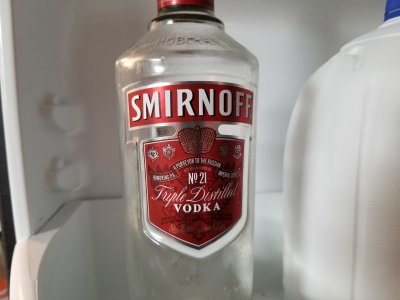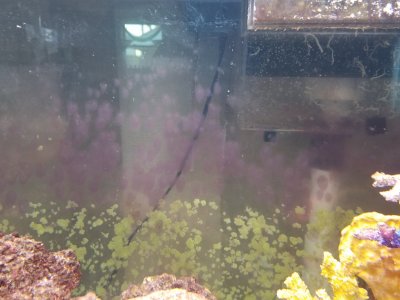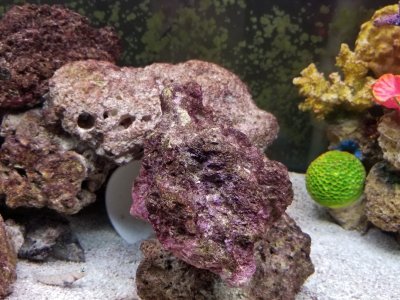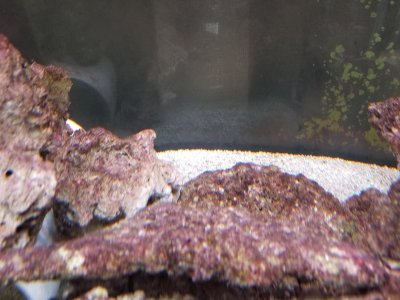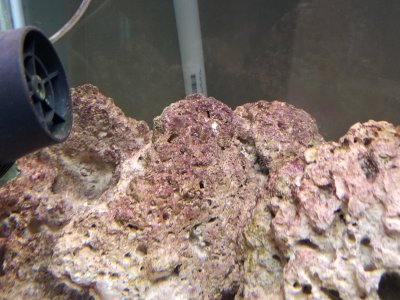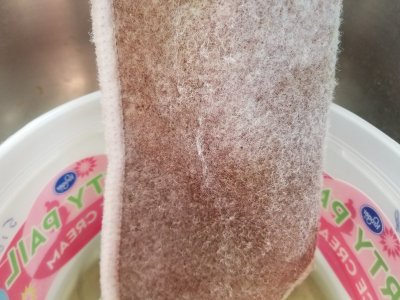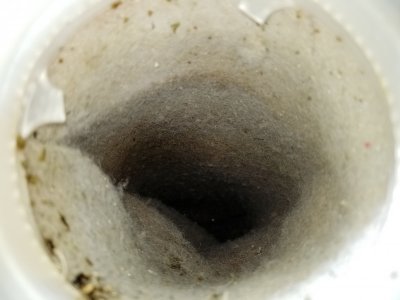Yes, some people like to get their fish drunk... JK JK JK.Thank you for clearing that up for me. No I have not when you say vodka are you talking about the alcoholic drink Vodka??
Some vodkas that are pure and not flavored have been used by aquarists as a source of organic carbon. In the right amount it can be an effective method for adding it.



